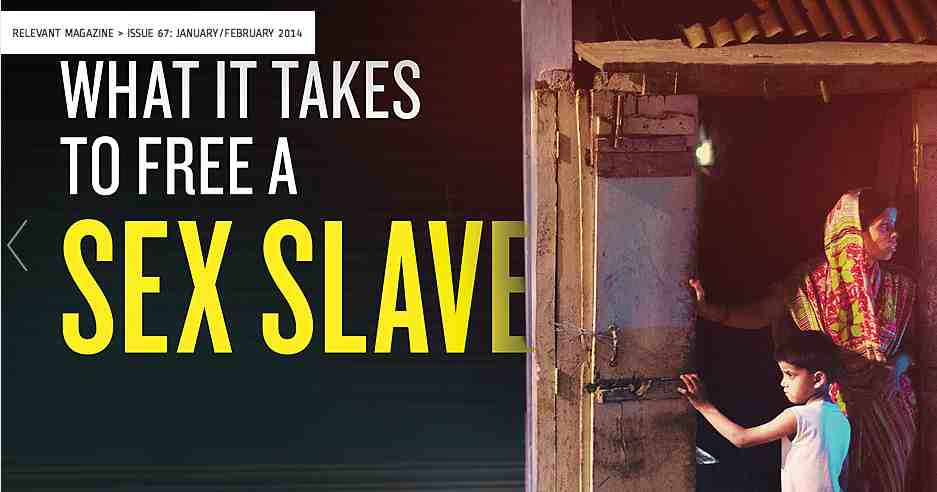Excerpt: “What it Takes to Free a Sex Slave”
By Candice Hong A rescuer of sex slaves discusses the difficulties of his work, but endorses the positive impact it has on a society. “This initial process can take anywhere from one week to a year or more, depending on the scope of the operation. A quality target package represents hundreds of dollars and many … Read more

